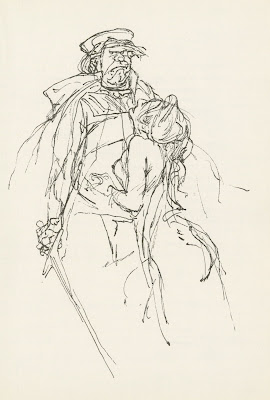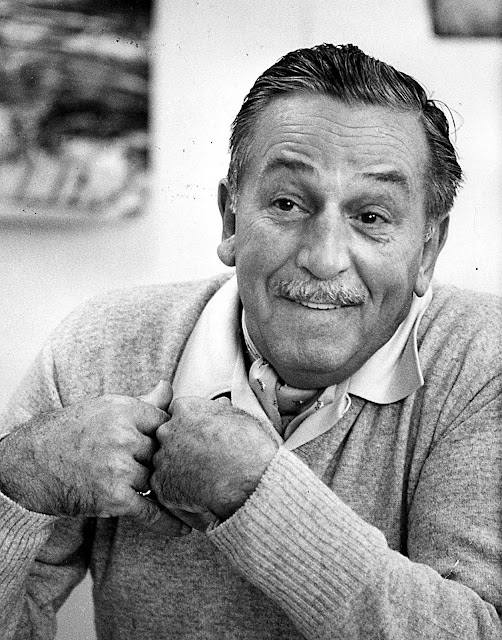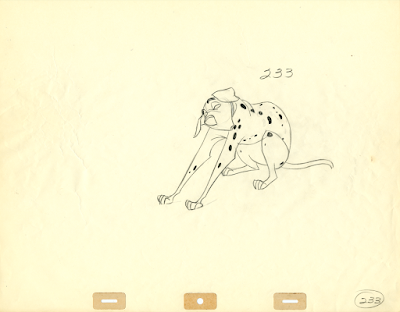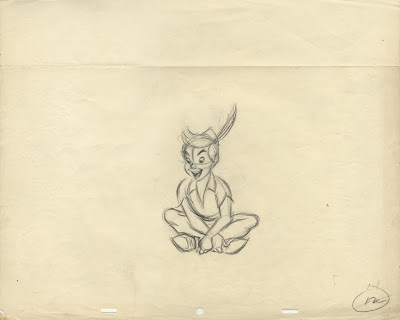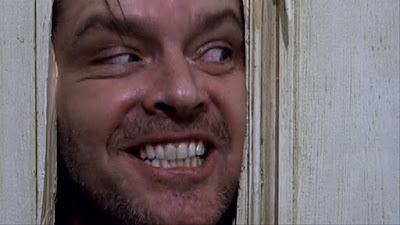Young pencil animators often wonder about the nature of their drawing style. Am I drawing too clean, am I loosing life in my animation? Or do I draw too rough, does my work still communicate? Eric Larson told us way back the REAL answer has to do with clarity. Eric didn't care that much about your drawing style as long as you got across your ideas CLEARLY.
In other words, can an audience understand and appreciate your work?
Here is a look at vintage Disney examples that show a range of approaches.
In the early days at Disney a loose quality in drawing was encouraged by Walt himself, because it allowed the animators to work more spontaneously and intuitively. It seemed that loose drawings captured the spirit of life more than clean, tight renderings.
It's important to point out that vivid (even multiple) THIN lines were king, since the final representation of the characters would be done in one fine line, no THICK AND THIN.
There is looseness but great clarity in Fred Moore's work. A drawing like this one would be pretty easy to clean up. Look at how Fred treated Doc's pupils. they are outside the eye unit in order to exaggerate the upward eye direction.
A drawing from one of Milt Kahl's early experimental scenes for Pinocchio. All the body volumes are drawn in a scribbly but perfect way. Only the hands might need a little investigation by an assistant.
In later years Milt would become obsessed with the depiction of hands.
A Frank Thomas rough of Pinoke just before he jumps into the ocean in search of Monstro, the whale. The line work is similar to Milt's, loose, but controlled.
Preston Blair added shading to the belly of Fantasia's hippo. This made for a cool looking pencil test, but the darker tones would have to be be ignored by clean up and the inkers.
Beautiful rough of Rat from wind in the Willows. A very scribbly animation drawing by Milt Kahl, but a competent assistant shouldn't have any problems defining these lines in a clean way. The volumes are perfect in this strong pose, only a few details on his outfit need some attention.
Eric Larson animated this scene, in which Cinderella dreams about attending the royal ball. Working with live action reference can be tricky, but Eric always distilled a believable (graphic) performance from the footage.
During fast action scenes Milt would occasionally leave out facial details, knowing full well that his competent assistant could take care of those things.
This animation drawing (probably by Cliff Nordberg) shows some color pencil under drawing, but the final graphite lines are pretty exact.
A surprisingly clean rough by animator Woolie Reitherman. The acting is pretty broad here, but Woolie didn't leave anything to interpretation. By this time (the 1950s) animators knew that very rough drawings could lead to misinterpretation of their work by clean up artists.
Drawings like this one by Milt would not be redrawn, instead his assistant (on The Rescuers, Stan Green) would just erase construction lines, before the scene went straight to Xerox.







